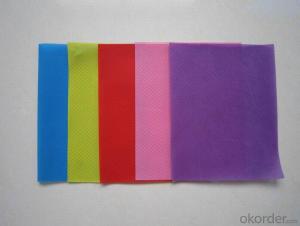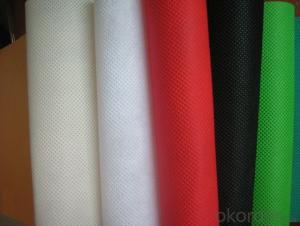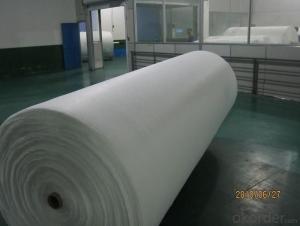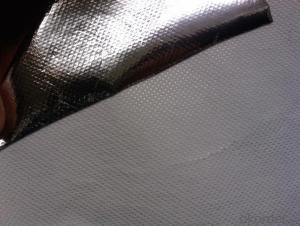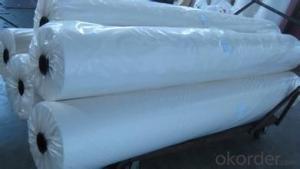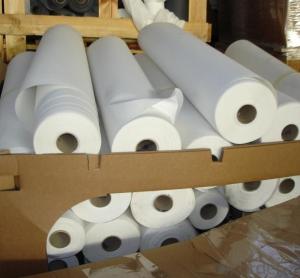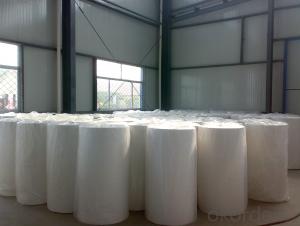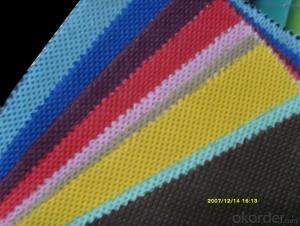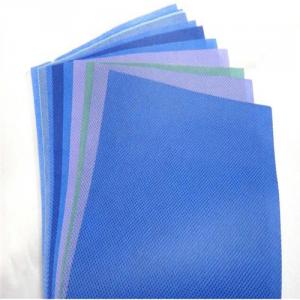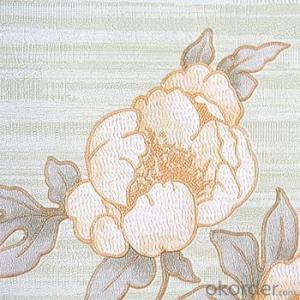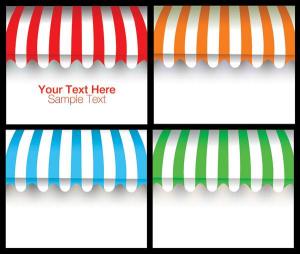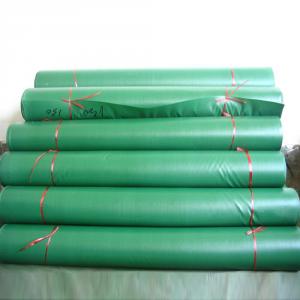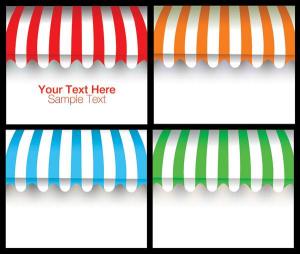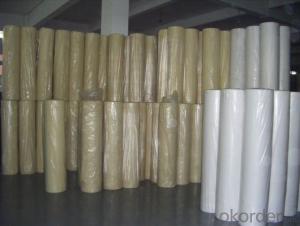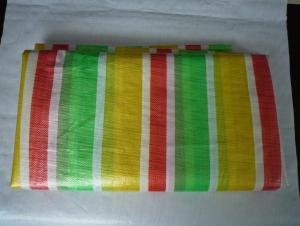Sisal Web Non Woven Fabric for Lamp Shades or Table and Party Decoration
- Loading Port:
- Shanghai
- Payment Terms:
- TT OR LC
- Min Order Qty:
- 1000 roll
- Supply Capability:
- 10000 roll/month
OKorder Service Pledge
OKorder Financial Service
You Might Also Like
Specifications
Non woven fabric(chemical bond nonwoven,chemical fabric)
Non woven fabric
Fiber composition: 100% PET,or PET mix Viscose
Width: Below 88 inch(220cm)
Weight:20G-150G square meter
Hand feeling: Soft, Hard,Crisp etc
Color: White,Super white,Black color etc
Item No:2016S,2016H,1020H,1025H,1035H,1050H,1065H
Chemical Bonded Non-woven fabric made of 100% PET,PET mix Viscose material etc,weight from 20-150g/m,width below 220cm,do soft,hard,crisp hand feeling,have white,super white,Black color.The product are widely used for Chef hat material,Handicraft product,clothes interlining,Embroidery etc.
Non woven fabric(chemical bond nonwoven,chemical fabric)
Surgical Gowns
Gloves
Face Masks
Foot covers
Diapers
Caps
Bedsheets
Curtains
Pillow Covers
Slippers
Packaging
Sleeping Bags
Tarpaulins
Tents
Artificial Leather
Bags for Rice/Sugar etc.
Luggage
Vacuum Cleaner Bags
Tea and Coffee Bags
Buff Pads
Shopping Bags
Agriculture
Crop Covers
Turf Protections
Nursery Over wintering
Weed Control Fabrics
Root Bags
Containers
Capillary Matting
Other types of covers
Furniture Upholstery
Roofing and Tile Underlayment
Acoustical Ceilings
Insulation
House wrap
Pipe wrap
Sofa and Mattress Lining
Shoes & Garments
Coveralls
Pillow cases
Airline Headrests
Interlinings
Clothing and Glove insulation
Bra and Shoulder Padding
ADVANTAGES:
1. Lower labour costs as no weeding maintenance for years;
2. Water seeps through and can conserve soil moisture for improved growing conditions;
3. Air escapes – humidity rises through the mat for a more controlled growing environment;
4. Increase crop yields close to 25% due to improved growing conditions and absence of water stress and competition of nutrients absorption from weeds;
5. Minimises bacteria and fungus problems especially Algae;
6. Strong, woven construction or pressed fibre sheet resists tears and punctures;
7. Resistant to mildew, rot, water, sunlight and most of the agricultural chemicals
8. Fertilizer is applied on the mat, thus helping the owner or estate manager to monitor the progress of manuring;
9. Prevents soil erosion or leaching of soil nutrients or fertilizers applied;
10. Environmental friendly.

FAQ:
Q .What is the material of the non woven fabric ?
A .PP spunbond non woven fabric
Grade A: 100% Polypropylene
Grade B: 90% Polypropylene +10% filling
Q .What about the width of the non woven fabric ?
A .We can cut the fabric as your requirement. Our width of machine is 240cm, so the max of the width is 240cm
Q .What about the color ?
A .Any color is available. You just need to give me the Panton Num or send me your sample. Then we will make the color samples to you for approve
Q .What about the GSM ?
A .The thinnest of the fabric that we can produce is 9g, and the thickest is 250g. Normally the fabric that used in bag making is 50-100g, the agricultural used is 17-50g, the home used fabric is 40g and so on...
Q .What about the delivery time ?
A .We can finish the production in 2-3 days (40ft HQ)
Q .What about the price ?
A .We are the factory of the PP nonwoven fabric, We can supply you with good quality and favorable price
- Q: The weight of the textile fabric
- We as a textile fabric salesman, the general situation is this, the guests gave a piece of cloth or give a detailed specification, we need to analyze the offer. On the analysis of the fabric, this article has a lot of very detailed, and I will not say here. Fabric cost accounting, the general idea is:
- Q: The problem of anti - splashing of textile fabrics
- As for the pu hard to say the best general now coated plants are pa more Tu Tektronix should be able to solve your coating problems
- Q: What is the anti-perspiration finishing of textiles?
- At the same time, the fabric hydrophilic surface in the hydrophilic, the corresponding waterproof surface can not see the watermark. At present in the knitted fabric on the anti-perspiration finishing more mature, in the weight of the lower woven fabrics, especially light-colored anti-perspiration effect is not particularly ideal
- Q: What are the textiles?
- Decorative textiles can be divided into indoor products, bedding and outdoor products, including home cloth and restaurant bath toiletries, such as: carpets, sofa sets, chairs, tapestries, patch, cover, textile, curtains, towels , Tablecloths, handkerchiefs, etc .; bedding, including bedspreads, bed sheets, was surface, quilt, blankets, towels, pillow core, the core, pillowcases and so on. Outdoor products include artificial turf and so on
- Q: Textile finishing TPU, TPEF film. What's the difference?
- TPU name for the thermoplastic polyurethane elastomer rubber. (60HA-85HD), wear-resistant, oil-resistant, transparent, good elasticity, in the daily necessities, sporting goods, toys, decorative materials and other fields are widely used, Halogen-free flame retardant TPU can also replace the soft PVC to meet the environmental requirements of more and more areas.
- Q: What is the textile technology profession now?
- Textile materials and experiments; introduction of textile fiber, yarn, fabric type, composition, structure and performance; testing of textile properties; factors affecting the performance of textile materials; textile materials on the impact of textile processing technology;
- Q: What is eco textile?
- Eco-textiles are those that are made of raw materials that are harmless or less harmful to the surrounding environment and are harmless to human health. Eco-textile content 1. Production ecology
- Q: What is the specialty of textile science and engineering?
- The research contents of the textile discipline have changed obviously, and the cross and infiltration of the disciplines such as bioengineering, environmental protection engineering and material science engineering have become more and more close.
- Q: What are the knowledge and abilities of the Merchants in the textile industry?
- Therefore, the main content of the work is: to confirm the progress, to help remove the obstacles, requiring quality, verify the number of post-sale problems or transfer to other after-sales department to resolve
- Q: Why is cotton textiles shrinking?
- Clothes in the process of being subjected to stretching will be elongated, and then fixed by the heat after the stereotypes, so when you wash the internal stress relaxation will return to the original size, it will shrink
Send your message to us
Sisal Web Non Woven Fabric for Lamp Shades or Table and Party Decoration
- Loading Port:
- Shanghai
- Payment Terms:
- TT OR LC
- Min Order Qty:
- 1000 roll
- Supply Capability:
- 10000 roll/month
OKorder Service Pledge
OKorder Financial Service
Similar products
Hot products
Hot Searches







